Dog owners and trainers use a variety of different tools to help teach and train four-footers, including various collars.
Shock collars, which produce a small amount of electricity to help get your dog’s attention or correct a problematic behavior, are one of the most popular styles, but they aren’t the best options for many dogs and their owners.
Some dogs are simply too sensitive for shock collars, and many owners reject them on principle alone.
In such cases, collars that vibrate, rather than shock, may provide a worthy option.
Since first publishing this article, K9 of Mine has changed its stance on using aversive tools like vibrating collars. While they may be considered mild compared to shock collars, vibrating collars are still somewhat controversial.
When it comes down to it, they are still aversive tools that use fear and discomfort to punish your dog, which can have some serious repercussions and unwanted fallout.
Make sure you’ve explored all alternatives before resorting to a vibrating dog collar and be sure to brush up on dog body language to get a better idea of how your dog is responding to the stimulus. You don’t want to see increased signs of anxiety!
Quick Picks: Best Vibrating Dog Collars
- Dog Care Training Collar [Best Overall] — There’s little doubt that this is the best option for owners looking for an effective, easy to use, and highly rated training collar. You can even use this model to control up to nine collars at once.
- Paws Furlosophy No-Shock Collar [Best No-Shock Option] — This is a high-quality, affordable training collar that uses sound, light, and vibration (rather than electric shocks) to help address behavioral issues.
- Pop View Dog Collar [Best Bark-Stopping Option] — If you need a collar that will help curb your dog’s nuisance barking, the Pop View Collar is easily the best choice on the market. Its progressive deterrent system, has proven very helpful for most owners who tried it.
How Do Vibrating Collars Work?
There are a couple of different types of vibrating collars, but they all work in essentially the same manner. The collars typically attach via a rubber or fabric collar, which connects with a buckle, a set of snaps, or Velcro.
The vibrating module attaches to the collar and usually features a pair of rubber or metal prongs, which contact your dog’s neck.
Many vibrating collars can also be used to trigger an audible tone or a static shock, but others only feature a vibration mode. A few units can be triggered by a hand-held remote, but other models (primarily those of the “anti-barking” variety) work automatically when they sense your dog trying to vocalize.
Note that some trainers contend that vibrating collars should only be used to get your dog’s attention, rather than to issue corrections. However, other trainers take the opposite stance and encourage their use as correction tools.
Even though many owners choose to use vibrating collars as a gentler alternative to dog shock collars, it’s important to remember that many dogs still consider the vibration from a vibration collar to be aversive (learn more about why we don’t recommend aversive tools here).
Even vibration collars can startle and frighten a nervous pooch. So, consider trying some counter-conditioning work instead, as demonstrated in this video:
5 Best Vibrating Dog Collars
The following vibrating training collars represent the best options available, and you should be able to find one that will work well for you and your pup among them.
1. SportDOG Rechargeable Training Collar
About: The SportDOG Training Collar is a flexible training tool that is effective at long distances and comes with rechargeable lithium-ion batteries.
While it contains a shock option in addition to the vibration mode, it comes from a trusted, well-known brand with a solid reputation (unlike some of the lesser-known mystery brands featured below).
This is a sponsored placement, in which an advertiser pays a fee to be featured in this article. Learn more
Features: The SportDog Training Collar is a user-operated training tool designed to work with up to three dogs at a time (additional collars sold separately). This collar has a 500-yard range, and it gives owners 21 different levels of stimulation to choose from.
This collar is waterproof (you can even submerge it up to 25 feet), and it comes with a battery life indicator light, so you’ll never be surprised by a dead battery. The batteries charge very quickly too — generally in less than two hours.
The SportDog Training Collar is backed by a one-year warranty, and it is suitable for dogs over 8 pounds (neck size 5 to 22 inches).
Correction Options: Vibration, Beep, and Static Stimulation
PROS
Most owners seemed to be happy with the SportDog Training Collar. Several reported that it was extremely consistent, easy to use, and — most importantly — effective. In fact, many owners were surprised at how quickly they were able to fix their dog’s problematic behaviors. A few owners also praised the fact that the remote control is small, and therefore convenient to carry.
CONS
Most complaints about the SportDog Training Collar revolved around durability issues. Additionally, a few owners felt that the shock settings were too strong for small or timid dogs. There were also a few complaints about charging the device, as it seems difficult to achieve a good connection.
2. Paws Furlosophy No-Shock Dog Collar
About: The Paws Furlosophy No-Shock Dog Collar is a user-operated training device that boasts one of the longest ranges of any vibrating collar on the market. It also doesn’t have any shock option, which some owners might feel better about using.
This is a sponsored placement, in which an advertiser pays a fee to be featured in this article. Learn more
Features: The Paws Furlosophy No-Shock Collar is a multi-function training collar, as it provides 16 different levels of stimulation, it works at distances of up to 650 yards, and you can use it to control two collars at the same time.
It comes with a belt clip and neck strap for carrying convenience and features an LED battery life display.
This training collar is designed to be supremely waterproof, as it not only has an IPX7 rating but a durable ABS shell and a tightly sealed rubber plug that protects the charging port.
The Paws Furlosophy Collar is backed by the manufacturer’s 100% satisfaction guarantee, and it is appropriate for all dogs over 6 months of age and between 22 and 100 pounds.
Correction Options: Tone, Vibration, and Light
PROS
The overwhelming majority of owners who tried the Paws Furlosophy Collar were very happy with their purchase. It proved very effective for most owners who tried it, and many pet parents were happy that the collar worked without the need for a shock function.
CONS
There weren’t many negative reviews for the Paws Furlosophy Collar at all. Some owners were unhappy with the directions provided, but we couldn’t find any other consistent complaints.
3. Pop View Dog Collar
About: The Pop View Dog Collar is an automatic training collar, designed to help put an end to your dog’s nuisance barking.
This is a sponsored placement, in which an advertiser pays a fee to be featured in this article. Learn more
Features: The Pop View Dog Collar is bark-stopping collar that is designed to work automatically — you don’t need to use a remote control at all. This vibrating collar simply senses when your dog barks, and then triggers an escalating series of corrections until the barking stops.
This collar also includes a very helpful sensitivity function, which allows you to adjust the level of barking required to trigger a correction. For safety’s sake, this collar features reflective stitching, to help keep your pooch visible in dim light.
The Pop View Collar is suitable for dogs between 11 and 120 pounds (neck sizes 7 to 21 inches), and it is backed by the manufacture’s 90-day guarantee.
Correction Options: Sound and Vibration
PROS
Many owners who tried the Pop View Dog Collar were surprised at how effective the tool was. The majority of owners rated it very highly, and several also mentioned that it operated in a very consistent fashion. Several owners also reported that it was very easy to set up and use.
CONS
While most owners found the Pop View Collar effectively stopped their dog’s nuisance barking, some owners explained that it did not solve the problem. A few owners also complained that they received defective units, but that’s a common problem with most electronic consumer goods.
4. GoodBoy Remote Dog Collar
About: The GoodBoy Remote Dog Collar provides owners with the chance to activate three different types of corrections, and it is designed to fit easily in your pocket for maximum convenience.
This is a sponsored placement, in which an advertiser pays a fee to be featured in this article. Learn more
Features: The GoodBoy Remote Dog Collar gives you the chance to trigger three different types of correction, and you can adjust the stimulation level for the vibration and shock settings to any of nine different settings. It has an effective range of approximately 1,000 feet.
The GoodBoy Remote Collar features a long-life battery that lasts up to 16 hours between charges (you can recharge the batteries via the included power pack or by plugging it into a USB port). The remote control included with the unit can operate two collars at once, and pairing collars to the remote is as easy as pushing a button.
This collar is appropriate for dogs with necks measuring between 8.5 and 22 inches. However, the manufacturer recommends using only sound or vibration for pets less than 15 pounds.
Correction Options: Sound, Vibration, and Shock
PROS
By and large, most owners seemed to like the GoodBoy Remote Training Collar. Several owners mentioned that it was very effective, and in many cases, owners didn’t even need to use the shock function to obtain good results. Many owners were also happy with the collar’s affordable price tag.
CONS
Several owners reported that the shock function didn’t seem to have any effect on their dog at all, and others complained that the shock didn’t operate consistently. A few owners also reported durability and charging problems, but these types of complaints weren’t very common.
5. DogRook No Bark Collar
About: The DogRook No Bark Collar automatically detects your dog’s barking and begins vibrating to get them to stop. The unit emits an audible “warning” tone after your dog’s first and second bark; thereafter it adds a vibrating correction.
This is a sponsored placement, in which an advertiser pays a fee to be featured in this article. Learn more
Features: The DogRook No Bark Collar comes with a lot of neat features and benefits, including reflective stripes to improve your dog’s visibility in low light, and two different sized probe sets, which help you attain a good fit for your pooch. The DogRook Collar also comes with two different face plates (one blue, one orange).
Unlike some other automatic dog collars, the DogRook is designed to distinguish between your dog’s barks and other sounds. The collar is powered by two included 6-volt batteries, and a second set of batteries comes with your purchase. A free training eBook also comes with your purchase.
This collar is designed for dogs between 11 and 100 pounds, and it is 100% water resistant.
Correction Options: Vibration and Shock
PROS
Most owners who tried the DogRook No Bark Collar were happy with the product and raved about its efficacy. Words like “amazing,” “outstanding,” and “great,” appeared again and again in customer reviews. This training collar may only be designed to alter one behavior (nuisance barking), but it appears to do that incredibly well.
CONS
Complaints about the DogRook No Bark Collar were very rare. A few owners of very small dogs noted problems regarding the fit. A few also noted that the unit was too sensitive and would vibrate in response to loud noises in the environment.
The Pros and Cons of Vibrating Collars
Vibrating collars are pretty nifty training devices, but like any other tool, they have both strengths and weaknesses.
Some of the pros and cons of these devices include:
PROS
- Shock-free stimulation, which is not designed to hurt your dog
- They produce a distinct stimulus, which is effective for getting your dog’s attention at great distances
- They won’t startle many dogs as much as shock collars will
CONS
- Vibrating collars are still aversive for many dogs. Ultimately, it is the dog who decides what tool is aversive (aka, something the dog considers scary or unpleasant). While it’s not designed to hurt your dog, a vibrating collar can still badly frighten or upset your dog, so it’s not necessarily the kindest option out there.
- Vibrating collars are sometimes more expensive than stand-alone shock options
- The bulk and weight of the collar may be inappropriate for very small dogs
- They may not provide sufficient stimulation to stop dogs during a “SQUIRREL!” moment of predatory aggression

Vibrating Collars for Deaf Dogs: Helping Your Hearing-Impaired Hound
Vibrating collars are especially popular for helping to train and manage hearing-impaired dogs.
Deaf pups still want to get the chance to run, jump and play, but because they can’t hear, it can be difficult to recall them or capture their attention when off-leash. This is obviously a problem, but vibrating collars can provide a solution.
With a vibrating collar, you can train your dog to make eye contact with you anytime you activate the unit.
From this point, you can use hand-signals and body language to communicate with your pup, whose eyes should now be locked on you.
Other Types of Training Collars
Vibrating collars are not the only type of training collar available, and owners have several different options from which they can choose.
Each type has its proponents and detractors and offers different benefits and drawbacks, so it is important to consider your options carefully before making a selection.
Some of the most popular training collar alternatives include:
Manual Correction Collars
This includes things like chain collars, slip leads, martingales, and prong collars.
Each of these styles is built slightly differently, but they all work in the same general way: they use a painful of uncomfortable sensation to stop a dog’s unwanted behavior.
Prong collars push into a dog’s neck when they put pressure on the leash, limiting pulling, but they aren’t made to yank a dog around with. Slip leads and chain collars are designed to be manually jerked in a sharp, smooth motion. This causes the collar to cinch close and then release very quickly for a quick, sharp correction.
We’ve written extensively about these types of collars, so be sure to take a gander at our training collar article if you are interested in them.
We honestly don’t recommend these tools much anymore. They can be used appropriately in some cases, with help from an experienced, ethical balanced trainer. But far more often they are used in an irresponsible manner by owners looking for a quick fix, and using these tools incorrectly can result in serious psychological harm.
We’d suggest opting for force-free training that focuses on positive reinforcement-based methods instead.
Citronella Spray Collars
Citronella dog collars are another type of training collar that many owners like to use instead of shock collars.
Instead of delivering a small shock or squeezing your dog’s neck, a citronella spray collar delivers a whiff of citronella spray toward your dog’s face when he barks, yanks on the leash or displays some other undesirable behavior.
Citronella collars are generally assumed to be gentler than many other corrective collars, but they aren’t quite as universally effective, either. In fact, some dogs learn to appreciate the spray and begin trying to deliberately trigger the device.
And again, some dogs really find citronella just as aversive as a shock. If you want to teach your dog to stop barking at everything, it’s better to work on meeting their underlying issues (many dogs bark due to boredom and lack of stimulation, or anxiety).
Shock Collars
Shock collars deliver a mild shock to your dog’s neck area when triggered automatically or when you press a button on a remote control.
Older than citronella or vibrating collars, these have been used by owners and trainers for years, but modern dog training science has shown that it’s not always effective or kind to shock one’s dog on a repeat basis — especially when dogs displaying behavioral issues often have underlying fear or unmet needs that aren’t being adequately addressed.
Note that some manufacturers and reviewers try to draw a distinction between static discharges and electricity, but the difference isn’t very meaningful in this context. Lightning, for example, is caused by a static discharge.
Do you use a vibrating collar for your dog? How has it worked out for you? Has it proved as effective as you’d hoped? We’d love to hear about your experiences in the comments below.
Dealing with a barky pup? Make sure to also read out articles on:

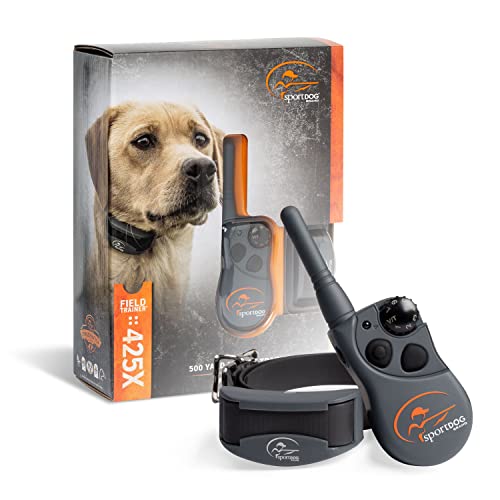
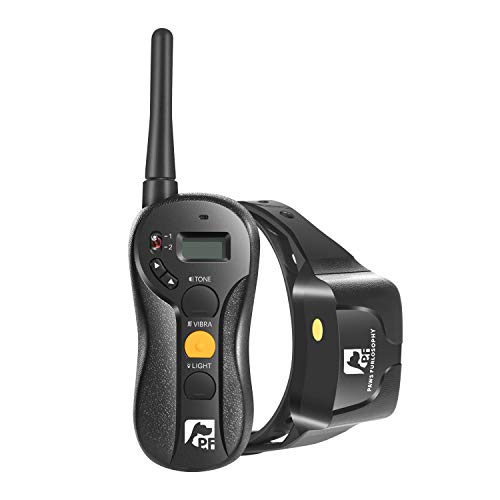
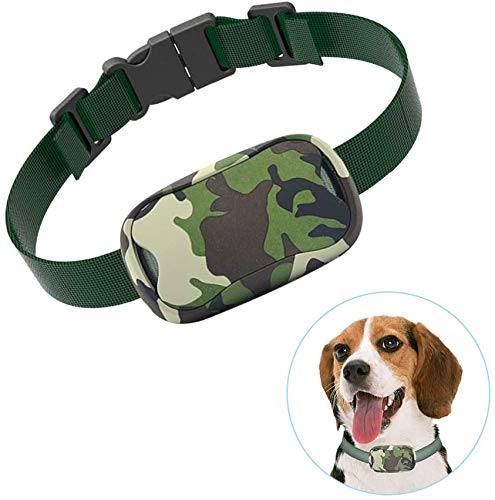
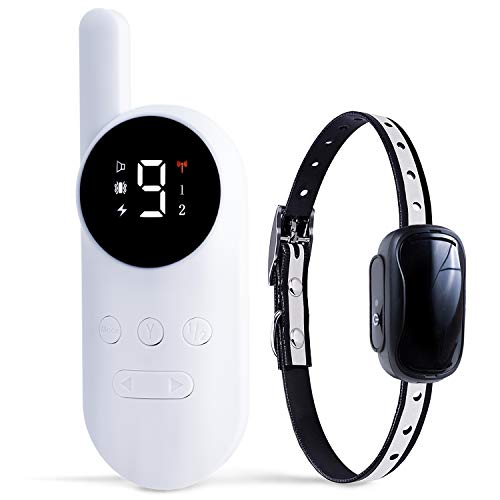
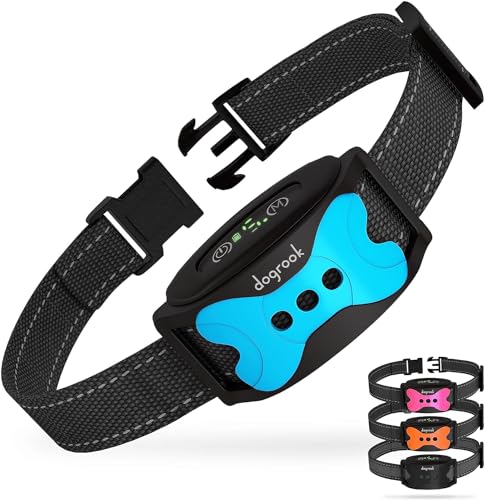
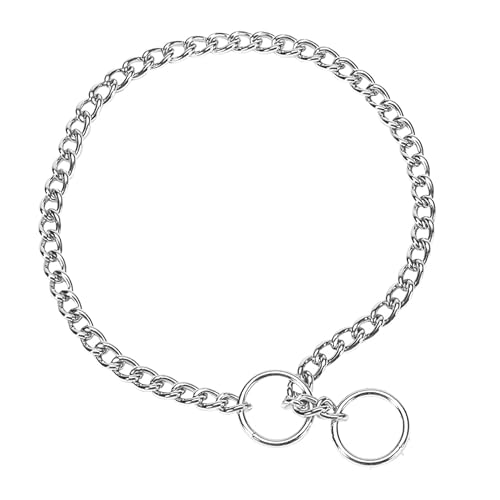
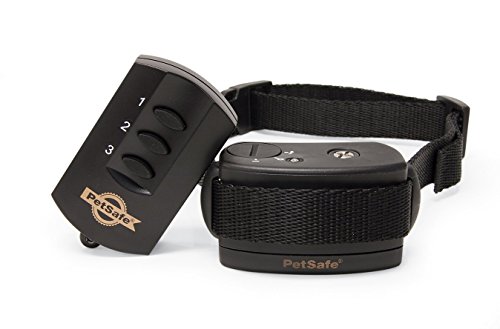
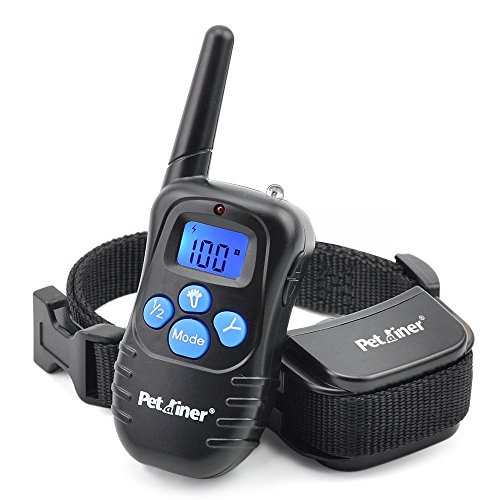







Leave a Comment